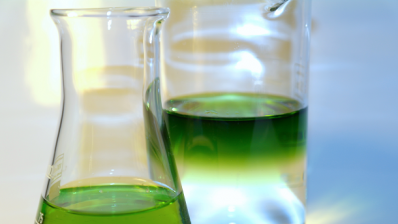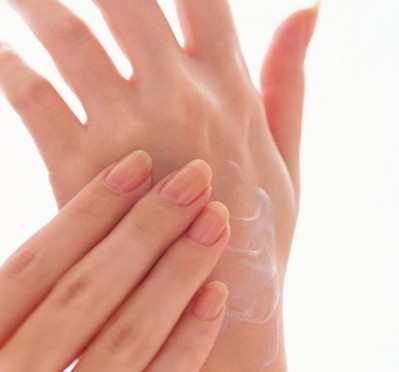P&G Beauty explores alternatives to animal testing
human models for product safety and efficacy testing as the race to
reduce reliance on animal tests continues.
The personal care giant presented the findings at this year's annual meeting of the American Association for the Advancement of Science (AAAS) held in Boston last week.
Research has focused on the possibilities for improving the human skin equivalents (HSE) - tissue engineered cell based substitutes - that could replace animal tests.
The need to find replacements for animal testing has become increasingly important, particularly for international companies in light of Europe's REACH legislation.
Models are more realistic with nerve cells A key aim when working with human skin equivalents is to make skin cultures as similar as possible to in vivo skin, explained the company.
To this end the P&G researchers in conjunction with scientists at the University of Ottawa's Eye Institute added nerve cells to tissue constructs and found that they behaved in a similar way to their natural counterparts.
Furthermore, the innervated tissue cultures appeared to be more resistant to chemical irritants which the scientists hypothesise could be due to a more realistic stratification of the epithelium.
"Innervated human corneas and skin are potential future models to be used as a more complete in vitro alternative to animals for ocular and dermal irritancy testing," concluded the scientists.
Lipid synthesis gene pathways similar in HSE
The company's research teams have also confirmed that the human skin equivalents used today also express the same lipid synthesis gene pathways as human skin, confirming their validity as realistic models.
In order to investigate the similarity of the gene pathways, researchers extracted, purified and analyzed mRNA using Affymetrix genechips from HSE grown from either young or adult cells.
The gene pathways involved in the formation of lipids that make up the stratum corneum were expressed in HSE grown from both adult cells and young cells, concluded the scientists.
This is a positive finding as the more realistic a culture the better it can model skin response to safety and efficacy testing, explained the team.
Hair dye and the genetics of skin aging The company also presented other significant research and development projects at the meeting, including its 'breakthrough' hair color system.
P&G's new system that will be on the market from March as Perfect 10 from Nice and Easy, is claimed to reduce the effect of free radical species on the hair helping to protect the it during the coloring process.
In addition, the company presented its work on the genetics of skin aging through which it attempts to identify the exact processes and metabolic pathways that differentiate young and old skin.













